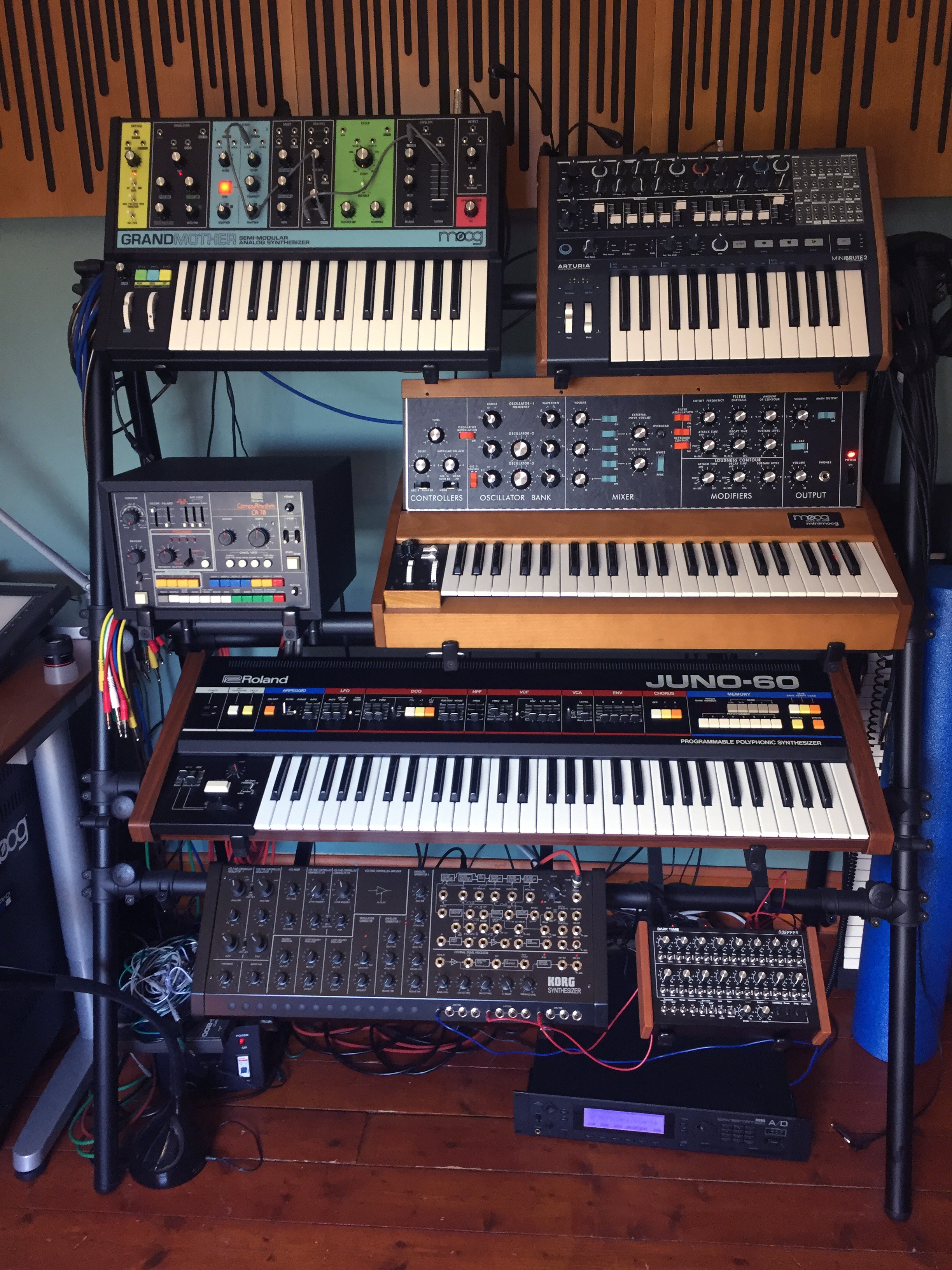I just want to thank everybody who bought a copy.
Upon reading the ‘comments’ section of the orders I found the following wonderful words:
“Thank you for making this available!”
and
“Thank you! I so admire your work.”
and also
“Hi Bruce, it will be just wonderful to own one of your stunning Iceland books. Thanks so much for the opportunity!”
Apart from comments like this stroking my own ego (something I keep denying that I have), It was simply just so nice to feel appreciated.
Because feeling appreciated means a lot. And I think that’s why we all look for compliments in what we do, whether it’s seeking approval through being commended in a competition, or simply someone saying to you ‘your image touches me in some way’.
But this is only the tip of the iceberg.
You see, the truth is, although we all love photography, and admire people’s talents for creating wonderful work, most of us seldom patronise it.
A little digression: the word patronise has several meanings. One of them is this:
“to give encouragement and financial support to (a person, especially an artist, or a cause): local churches and voluntary organisations were patronised by the family. “
That’s the kind of patronage I’m talking about here.
As a working ‘artist’ (I find that term rather pompous, but I don’t feel I’m a photographer), the fact is: earning a living at what you do is tough. And if someone puts their hand in their pocket for you - that’s a pretty big thing. Whether it’s them coming on a workshop or tour with you, or buying your books - it means they are supporting you.
I would therefore like to extend my thanks beyond those of you who have bought my books. I wish to also thank those of you who have chosen to come on my workshops and tours over the years. I realise that for all of you, you had to take a leap of faith and hope that I would be either a good teacher, or that I could at least offer something worth going home with. I am fully aware of the risk it has been for all of you to commit, and I thank you.
To all of you who have helped contribute to me doing what I do, I can only thank you all from the bottom of my heart.
Bruce.













